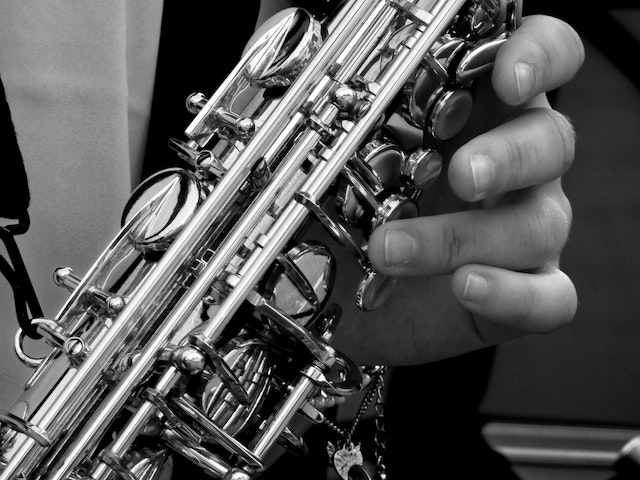As a sax player, you’re always looking for new ways to improve your skills. But if you don’t know how to find the notes, then it’s just an exercise in futility. That’s where altissimo fingering charts come in handy.
Altissimo charts are visual representations of the range of notes on a saxophone, clarinet, or other type of woodwind instrument. They allow artists to see which notes they’re capable of playing on the instrument and what those notes look like. You can use them as a reference when you’re practicing or performing.
How to Choose the Correct Altissimo Fingering for Your Individual Playing Style
When it comes to choosing the right fingerings for your individual playing style, there are many things to consider.
The first thing to consider when selecting the correct altissimo fingering is what kind of instrument you are playing. This will determine what kind of range you will need and how many fingers you will be using. As a saxophone player, you will need an altissimo fingering that is more focused on your middle finger because that is the one that reaches the highest note on the instrument.
The second thing to consider when selecting the correct altissimo fingering is your goals as a musician. What do you want out of this fingering? Do you want to sound like a professional saxophonist or do you want something more simple for beginners? These are all questions that can help decide what kind of altissimo fingering would be best for your needs.
Which Altissimo Fingering Should I Use?
Fingerings are a technique that is used to play notes on a string instrument. The fingerings for different notes are different for each instrument. The altissimo and altissimi fingerings are the high pitched notes that need to be played with the pinkie finger, or the ring and middle fingers. The most common fingering for an alto saxophone is to use the middle and ring fingers, while the most common fingering for a tenor saxophone is to use the pinkie and index fingers.
It is important to take into consideration the range of the instrument, the key, and the desired sound quality of the passage.
It is also important to consider some other factors, such as: – The instrument’s position on stage – The sound quality desired – The range – The difficulty of the passage
Finding the Altissimo Fingerings That Work for You
When experimenting with different fingerings, you must occasionally compromise. You want a solid sound and a note that is in tune, but you also want something that is easily accessible from other notes.
Perhaps you’re willing to give up a little intonation for a certain fingering in order to get the notes to come out easier and play something faster.
Bringing Your Altissimo Notes from the Practice Room to the Stage
Another thing to keep in mind is that once you start having these altissimo notes coming out in the practice room around 99 percent of the time, when you try to use them in a performance, they are unlikely to come out at first.
Before they start coming out onstage when you want them to, you have to miss roughly 100 altissimo notes.
That’s it for alto and tenor saxophone altissimo fingerings.

